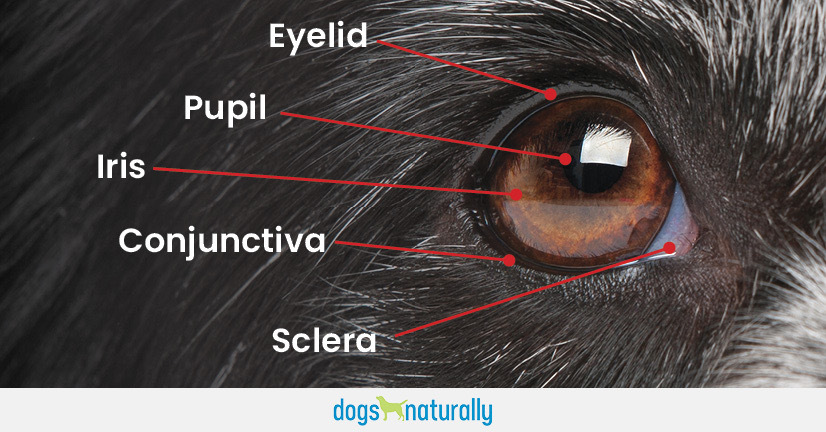Cataracts In Dogs

 Our dog Odie, at seven years old, has been diagnosed with cataracts. I did take him to an eye specialist at CRVS, and they were great but had no solution to his condition besides surgery. Odie seems to get around good, plays and doesn’t seem to mind. His cataracts are hereditary and not caused by trauma.
Our dog Odie, at seven years old, has been diagnosed with cataracts. I did take him to an eye specialist at CRVS, and they were great but had no solution to his condition besides surgery. Odie seems to get around good, plays and doesn’t seem to mind. His cataracts are hereditary and not caused by trauma.
We are currently looking to see if there is a more holistic way to treat cataracts. We will be trying some suggestions given to us and I will follow-up in a few months as to any success we may have.
LENTICULAR SCLEROSIS
In my research I have found that Lenticular Sclerosis is usually confused with cataracts and sometimes called cloudy eyes. It’s oxidation in the center of the lens and it’s usually a result of oxidative stress in the body. You’ll see an opaque circle, usually with dark around the outside, but the lens won’t be entirely white. Dogs can usually see through lenticular sclerosis. Pet Vision Eye drops may be beneficial in treating this condition.
CATARACTS
True cataracts are often hereditary and can occur from age or from trauma. They’re a clouding of the lens. It’s very difficult to see through a cataract.
Cataract surgery is not as easy for dogs as it is for people. There is a chance they could lose their eye and there is a significant amount of follow-up to the vet for amount 6 months. I was quoted about $5,000 for both eyes.
The good thing about most dogs is that they don’t rely on their eyesight and most dogs can get along fine without it. Of course there are exceptions where some dogs have a hard time functioning and become severely depressed.
DIET AND EYES:
Provide a fresh, varied diet to promotes eye health. Changing to a fresh food diet can also really improve vision and help eye issues heal.
Carotene-rich foods – you know, all those orange foods like carrots and pumpkin
Blueberries – they’re loaded with antioxidants
Broccoli and Kale – full of healthy phytonutrients
Sardines –packed with all those omega oils
HERBS AND SUPPLEMENTS:
Astaxanthin – a particular kind of algae. It’s loaded with antioxidants and phytonutrients
Marigold – a potent source of zeaxanthin, a carotenoid that’s important for eye health
Eyebright – provides nutrients and is very healing and soothing
Make a herbal tincture:
Add about an ounce of the herb in a quart of boiling water
Let it sit for at least an hour (I let it sit overnight)
Use those drops to the rinse out the eye. It’s very gentle so you can use it as often as you want to – 2, 3, 4 times a day.
Euphrasia Officinalis 30C – the Eyebright homeopathic remedy. This is one of the safest things you can use and beautiful for healing the eye. Give 1-2 pellets twice or three times a day.
Castor Oil – Cold pressed organic oil. Drop in eyes two to three times per day.
Marine Phytoplankton – High in Omega 3 and antioxidents.
WHEN TO SEE YOUR VET
With Odie, the change came on suddenly and we chose to see our vet, who then referred us to CRVS.
The eyes are sensitive. The eyes don’t regenerate very quickly, especially when there’s an issue with the cornea. Because of this, it’s best to talk with your vet sooner rather than later.
You’ll want to make an appointment if there’s been any:
- fever or illness before the eye issue
- pawing/rubbing of the eye
- crying
- trying to hold the eye shut
- chance of puncture or irritation
- change that comes on suddenly

Recommended Posts
FEBRUARY IS NATIONAL PET DENTAL HEALTH MONTH
February 03, 2024
National Pet Obesity Awareness Day
October 11, 2023
Vitamin D Deficiency in Cats and Dog
September 01, 2023
